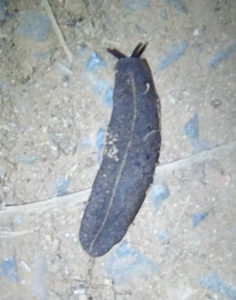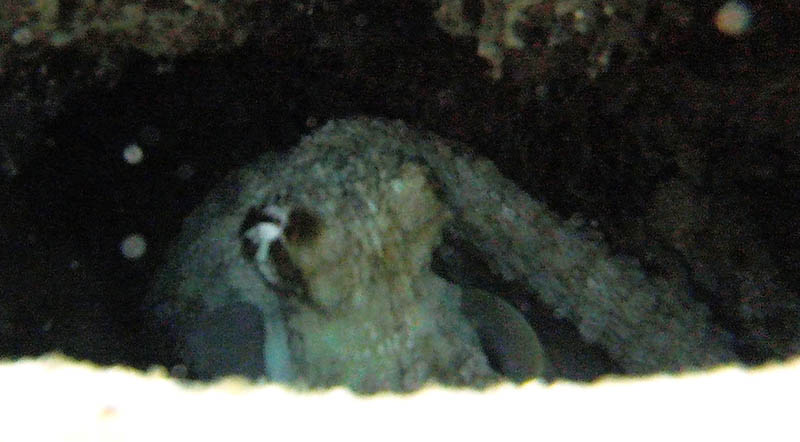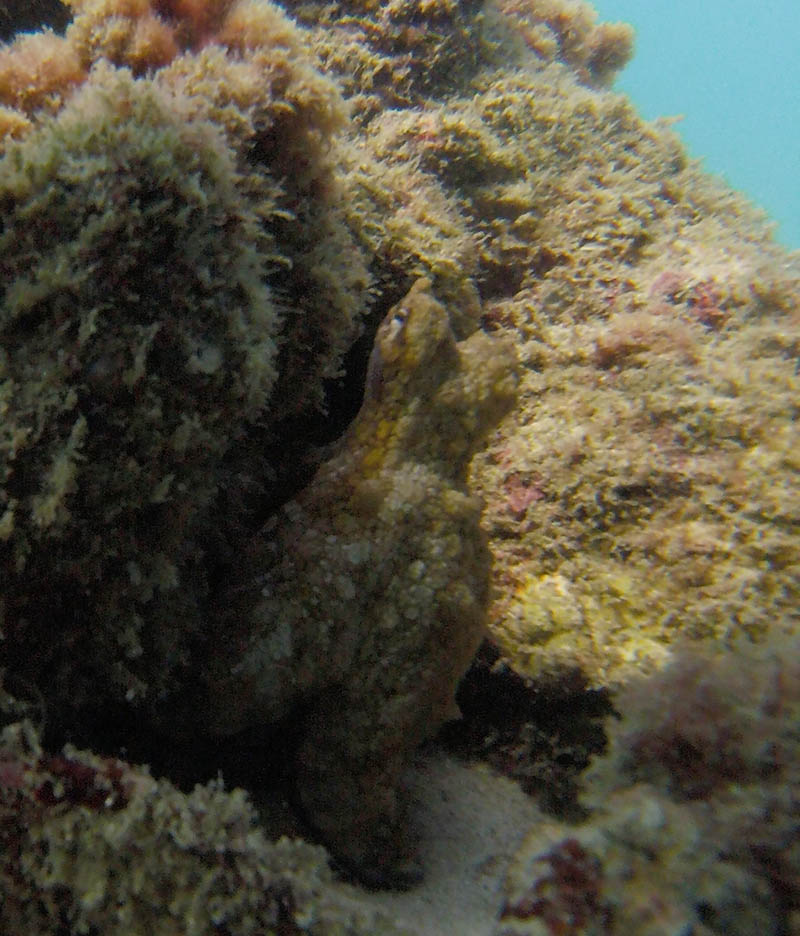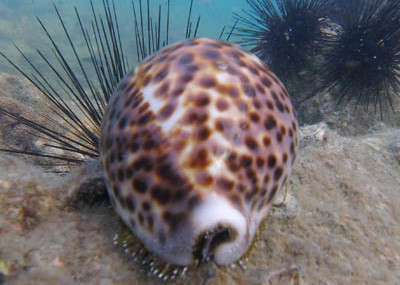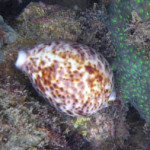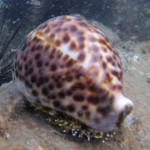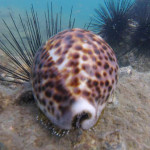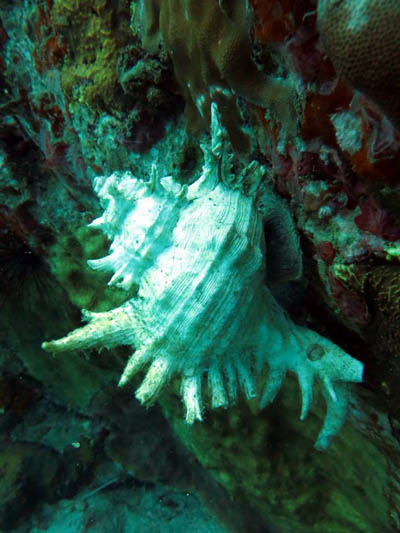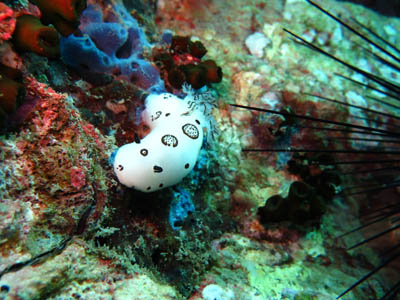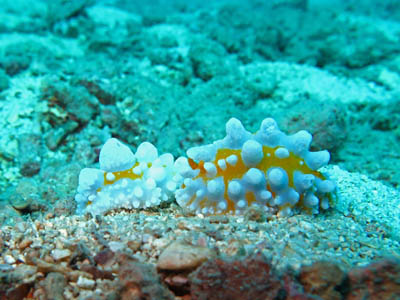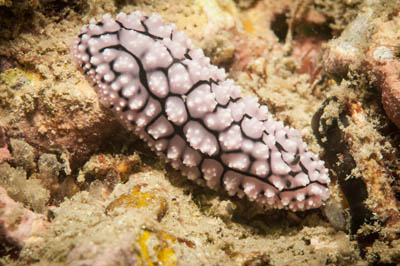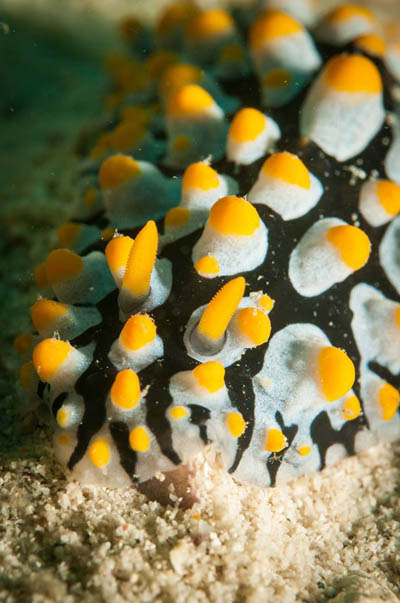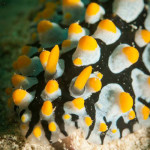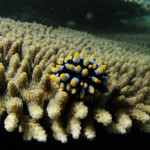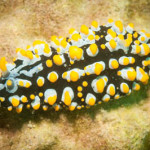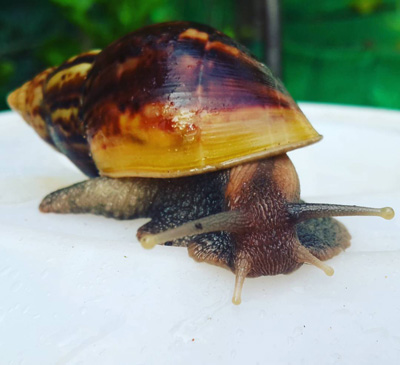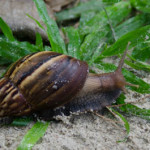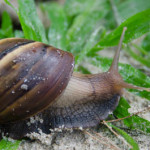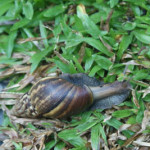Pharoah Cuttlefish (Ostracion cubicus)
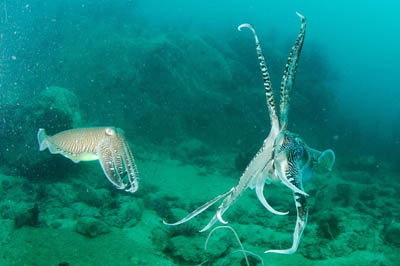
Image Copyright Jonathan Milnes
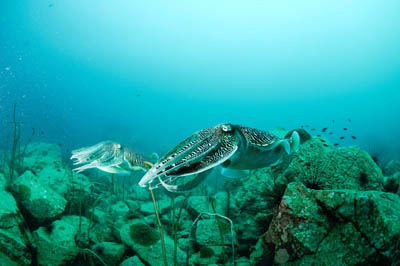
Image Copyright Jonathan Milnes
Observed: Koh Chang Reefs, December 2015
Observed By: Jonathan Milnes
The Pharoah Cuttlefish is a large species of cuttlefish that grows up to 42cm in length and 5kg in weight. It is of course a mollusc and not a fish – it has no bone instead having a skeleton made out of a shell known as the cuttlebone.
Cuttlefish are all round marvellous animals- here are a few reasons why:
– For a start they are one of the most intelligent invertebrate species with a level of intelligence that has been compared to that of a dog.
– Also like their close relatives the squid they fire out clouds of ink to help them to escape from predators.
– Then there are their eyes, which work in a completely different way to those of vertebrates. So different in fact that these two different eye types are considered to be examples of convergent
evolution, the separate development of biological organs that perform the same role.
– And there is their skin colour and texture-changing abilities. They can rapidly change their skin colour at will using special skin cells called chromatophores, iridphores and leucophores (read the Wikipedia page it’s fascinating). They use this to camouflage themselves when hunting prey but also in wild technicolour mating and territorial displays that are, frankly, amazing.
– Oh, and they have beaks. And they swim backwards. And their blood is green and they have three hearts. And they are colourblind. And they taste food with their suckers.
Pharoah Cuttlefish Wikipedia
